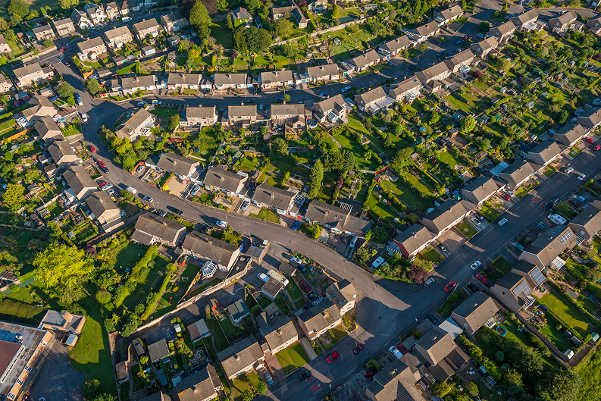The Housing Delivery Test
A change to the methodology underpinning the Housing Delivery Test (HDT) has increased the housing needs element of the calculation for most local planning authorities, with a mean increase of 19 percent in the housing needs figures for 2017/18 and 2018/19.
Until the latest figures were published in February 2020, the HDT calculated housing needs differently to the standard methodology for calculating a Local Plan’s housing requirement. This anomaly made it easier for LPAs to perform well against the test, in a classic ‘Yes Minister’ fudge of the figures.
New housing needs methodology
Both methodologies start with the Office of National Statistics household projections, but crucially the standard methodology then applies an adjustment to reflect the affordability ratio, ensuring that housing requirements are adjusted to reflect high market demand. In previous years, the Housing Delivery Test did not have this adjustment built in, giving many local planning authorities a lower housing figure for the test than would be applied to their Local Plan.
The latest HDT figures apply the standard method (including affordability adjustment) to the 2018/19 figures for the number of homes required, boosting the figures. The 2016/17 and 2017/18 figures remain based solely on annual average household growth over a ten year period. Without the adjustment to reflect affordability, they are invariably lower than the 2018/19 figures.
Tougher HDT test for most local planning authorities
The difference to annual housing needs can be substantial. For example, Bath and North East Somerset’s figures for the annual number of homes required increases by 46%, from 449 dwellings per annum in 2017/18 to 657 dwellings per annum in 2018/19. Oxford City Council’s annual housing needs figure increases by 41%, up from 529 to 743 dwellings per annum.
In the Midlands and Northern England the addition of the affordability ratio makes a smaller difference, for example, Birmingham’s figure jumps by 14% from 2,501 to 2,851 homes per annum while Leeds jumps by 13% from 2,388 to 2,689 for 2017/18 and 2018/19 respectively. For details by local authority, please see the Government’s spreadsheet here.
Future of the Housing Delivery Test
In a previous blog I speculated that the HDT might be swept away along with housing figures, if the Government adopt the radical approach advocated by the recent report ‘Rethinking the Planning System’ by the Policy Exchange thinktank. This now seems unlikely, as Robert Jenrick announced on 12th March that the Government’s proposed changes to the Planning system will:
• retain the Housing Delivery Test (HDT); and
• raise the HDT threshold to 75% in November 2020 as expected.
Planning for the Future
In its post-budget statement entitled, ‘Planning for the Future’, the Government reiterated that it will:
• Review the formula for calculating housing need; and
• Ensure the country plans for delivery of 300,000 new homes per annum.
We can therefore expect the housing needs figures applied to the November 2020 Housing Delivery Test to further ratchet upwards. Local planning authorities where delivery is currently not far above the 75% threshold should take note.
To search for appeals that are relevant to you, see the Appealfinder Home page. If searching for "Housing Delivery Test" remember to place the whole phrase between inverted commas, as you would in a google search, otherwise you will find appeals mentioning "housing" or "delivery" or "test".


